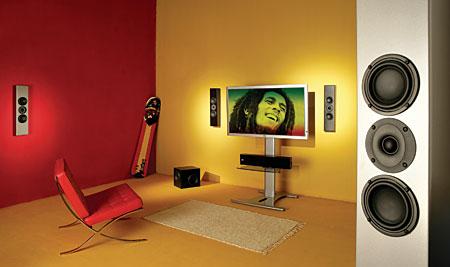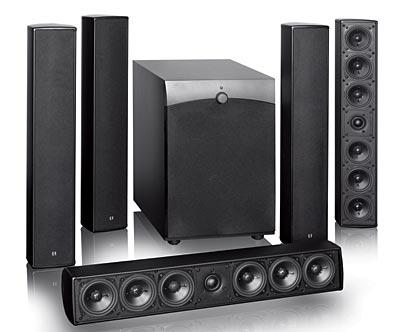|
Nov 15, 2007
|
Dec 04, 2006 |
First Published: Nov 04, 2006
|
Oct 24, 2006 |
First Published: Oct 25, 2006
|
Oct 24, 2006 |
First Published: Oct 25, 2006
|
Sep 14, 2006
|
Sep 14, 2006
|
Sep 13, 2006
|
Mar 17, 2006
|
Oct 15, 2004 |
First Published: Oct 01, 2004
|
Dec 05, 2006
|
Nov 30, 2011
|
Nov 20, 2012
















